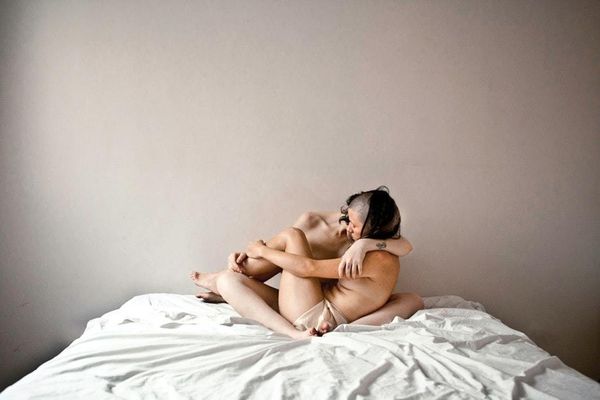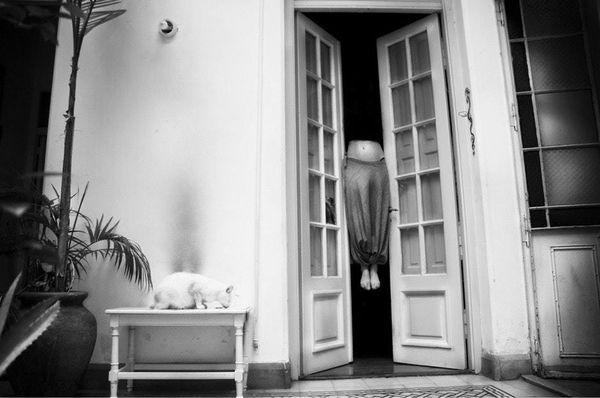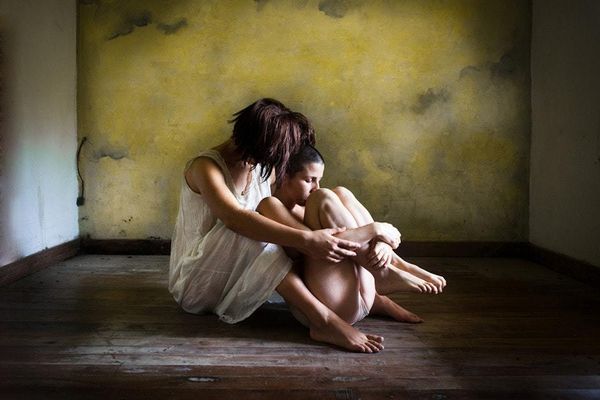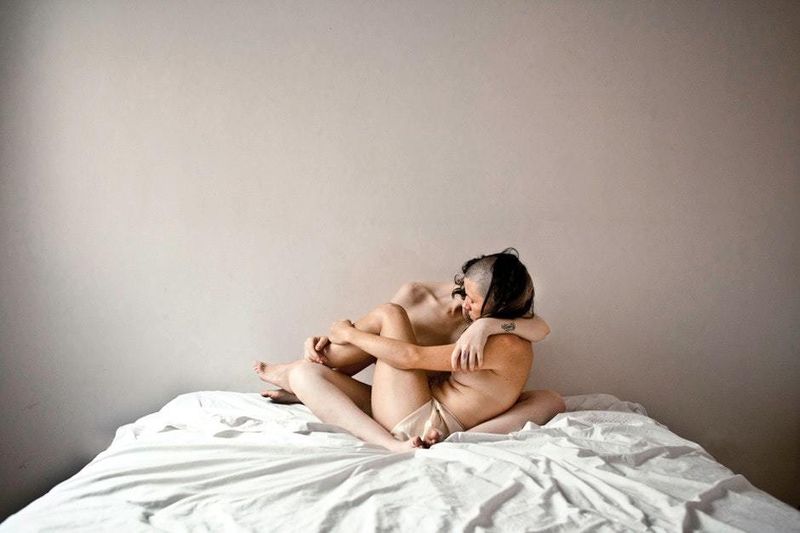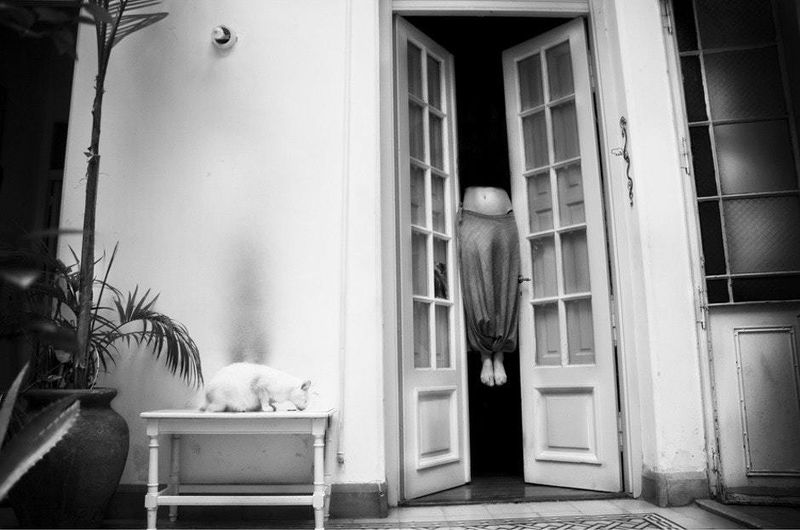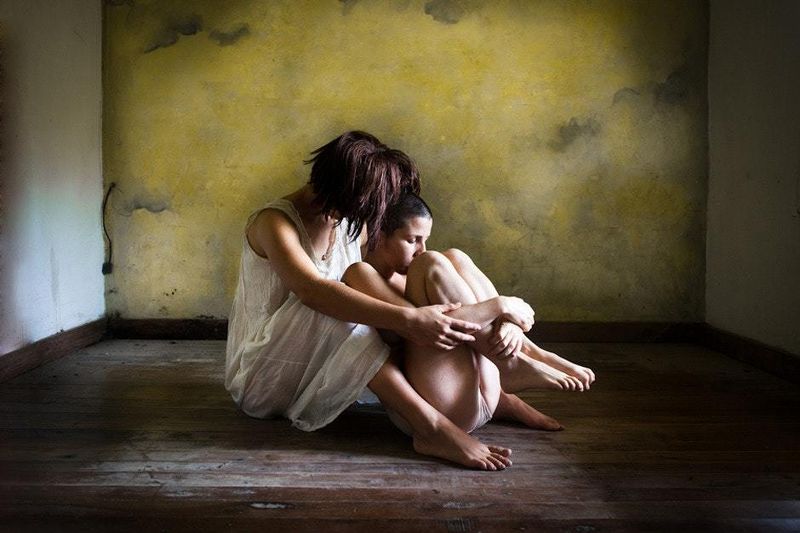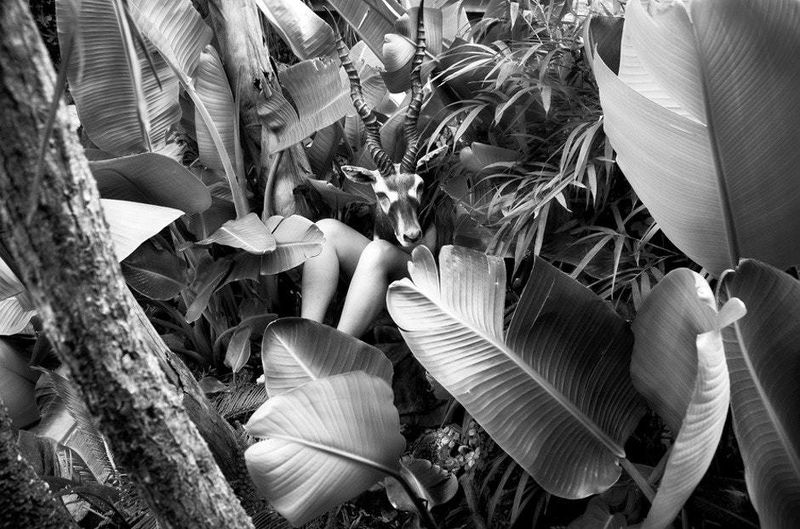Performing to the Camera as Creative Self-Expression
-
Published1 May 2019
-
Author
In an interview with Veronica Sanchis Bencomo, Argentine photographer Sofía López Mañan speaks about the conceptualisation of her artistic practice and why she doesn’t like to be tied to only one medium.
In an interview with Veronica Sanchis Bencomo, Argentine photographer Sofía López Mañan speaks about the conceptualisation of her artistic practice and why she doesn’t like to be tied to only one medium.
Sofía López Mañan is a visual artist currently living and working in Buenos Aires. After University, where she studied studio arts, she developed an interest in people which led her to hang up her pencils and pick up a camera in order to tell stories. In 2011 she was invited to attend the Foundry Photojournalism Workshop, and, in 2012, she received a scholarship to participate in Beca de Arte Contemporaneo (ABC) in Buenos Aires. Today, she works on personal projects including documentary films and loves to experiment with antique photography techniques. Veronica Sanchis Bencomo spoke with Sofía about her artistic practice - her inspiration, subjects, and process:
Sofia, you have a background in fine arts, yet photography has been your medium of choice to approach your projects. Can you tell us why?
I never consciously chose photography as my medium. The first relevant photographic project I did was called Private Property and was about the appropriation of abandoned spaces with my bed. It was important for me to be alone in this action; I set up the camera on a tripod and recorded myself while I took the heavy woollen mattress out of the car and moved it on my back from room to room in a house that was days away from demolition. I'd make up the bed and go to sleep for a while. I did the same thing in ten different places. I always considered the photos to be a record, and the final work was more of an object through which one could see the photographs of that action. In itself, I don't feel pigeonholed in a technique and photography is the language that I find functional today.
You have been investigating the notions of (self) portrait within space for many years. Could you share how this interest began? Was it while photographing your project Holly or did it begin from a more personal journey?
Every project starts from a completely intuitive place and after a while I managed to conceptualise it. The portraits began in a personal period of a long process of self-discovery, where I transited through plants, silences, and fasts amongst other things. I exposed the body and took it to the limit with the intention of breaking something and in that moment, to find something. After many years, I realised that there is nothing to find.
Your photographs appear to be quiet, however I find that through this visual subtleness you are breaking one's silence and uncertainty. Is this something that you have consciously looked for?
I believe that silence is a state of noise. That unclear emotional state of the image is for me the moment of greatest tension where everything can be. I see the photos and no matter what project I work on, I always perceive that hidden tension. It's not something I consciously seek, but rather my own emotional state.
Would you describe your work as performative? Could you elaborate on the notions of photography and performance in your work?
My work is absolutely performative, and it is necessary for me to put the body, or poner el cuerpo as we would say in Spanish, in my work. I put the body as I have also asked others to put their bodies. The important thing is what happens at the moment I take the picture. Much of my personal work is based on a familiar theme that marked my life. If the action doesn't go through me, I don't feel the genuine image and that's why I seek to embody the frame itself.
In your project, Desapelo, you shaved off your hair, which was a key element in the narrative of the series. How did you get to that point/intention? What’s the meaning of the hair as part of the body when this is painless to remove and grows again? Could you talk about the hair sculptures you made and performed with in this project?
In 2013, I decided to leave my head shaved off for nine months with the intention of denying and abolishing a place where I was never and always wanted to belong. It was to cut off my own habitus from the lineage and let go of that which does not belong to me.
To shave was to remove from me that which was historically associated with feminine beauty in the Western culture. It was to question social conventions and the way they condition our relationship with others and with the world. Returning to zero is both a metaphor of personal deconstruction and a new opportunity.
With horse hair and iron structures, I created a series of objects that I call corsets. These prostheses that historically have to do, literally and symbolically, with female oppression, I re-signify them and use them to place the hair in unusual and uncomfortable places that propose to the spectator to question the conventional roles.
I find that from your project Anonymous, to your next projects there was such a major shift. You went from a series where you were almost invisible to such an introspective shift. How did you achieve this?
Anonymous is about a family issue. I actually realised this not long ago. At the time I was working on it, it was almost impossible for me to conceptualise the story. Anonymous was a personal bomb, a purely visceral project that I did with a lot of dedication although it is not my body that is in all the images.
As you well expressed in the question, I had a moment in which I recognised myself as invisible in the image and in the following projects with a lot of resistance I decided to take charge and I included myself in the photos. The following projects are internal themes of which I had a need to expose myself as I never did again, and it was something I effectively had to go through.
To finalise, what are you currently working on?
I am currently working on more cultural projects and reflecting on the automation of the representation of our habitat.
-------------
Sofía López Mañan is an Argentine photographer currently based in Buenos Aires. She was recently selected for the 2019 Joop Swart Masterclass. Today, she works on her personal projects and intimate stories, in which her personal life is a recurrent theme. Follow her on PHmuseum and Instagram.
Verónica Sanchis Bencomo is a Venezuelan photographer and curator based in Hong Kong. In 2014, she founded Foto Féminas, a platform that promotes the works of female Latin American and Caribbean photographers. Follow her on Twitter and Instagram.
-------------
This article is part of In Focus: Latin American Female Photographers, a monthly series curated by Verónica Sanchis Bencomo focusing on the works of female visual storytellers working and living in Latin America
